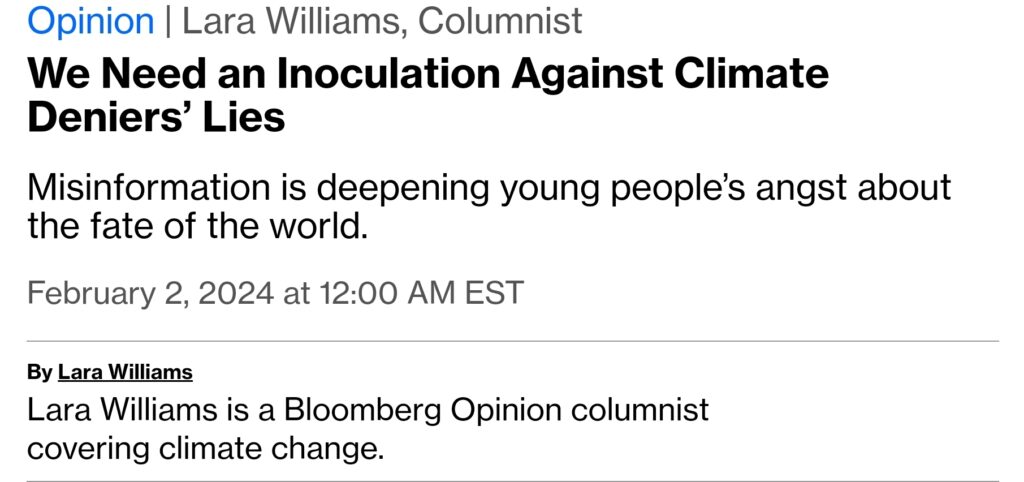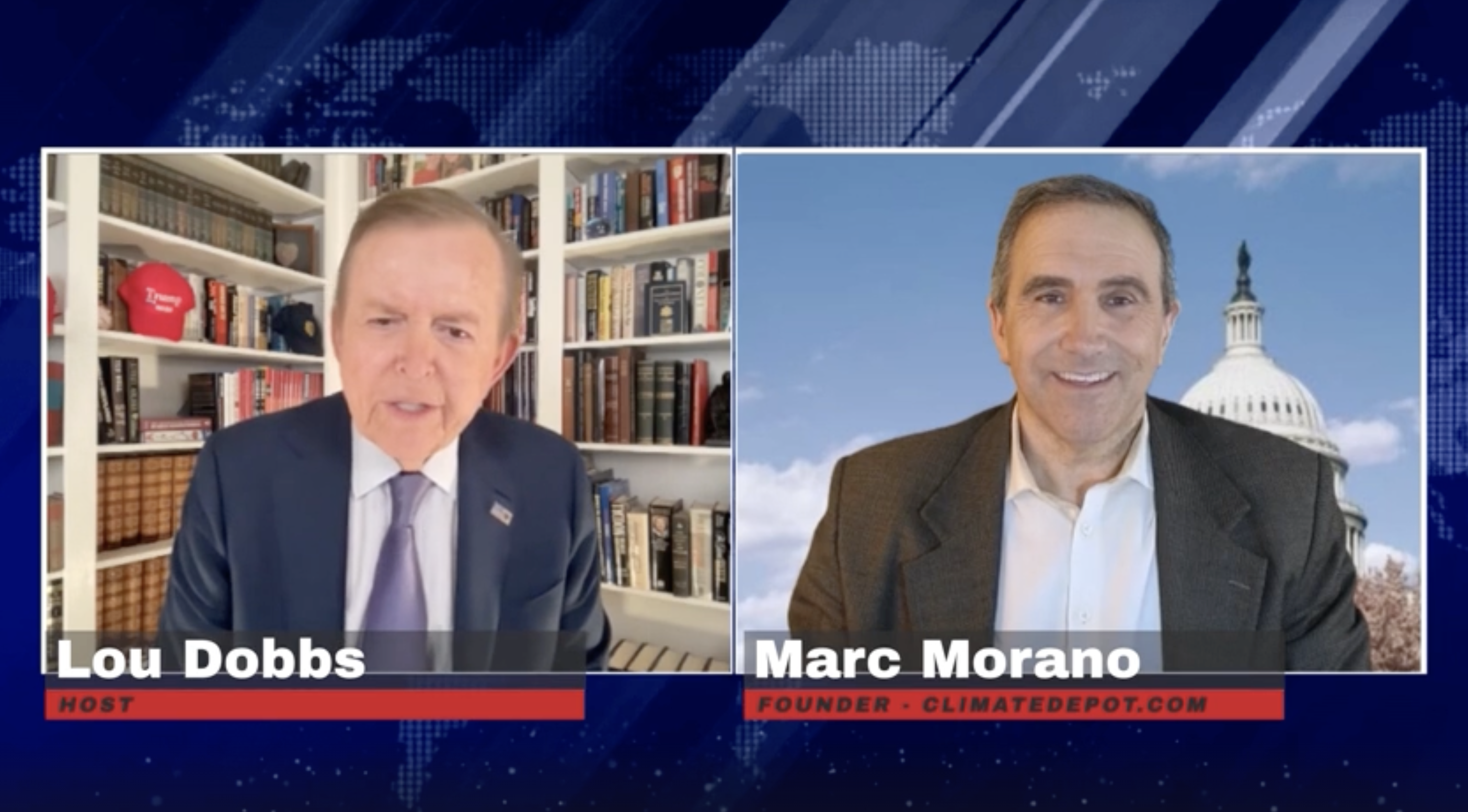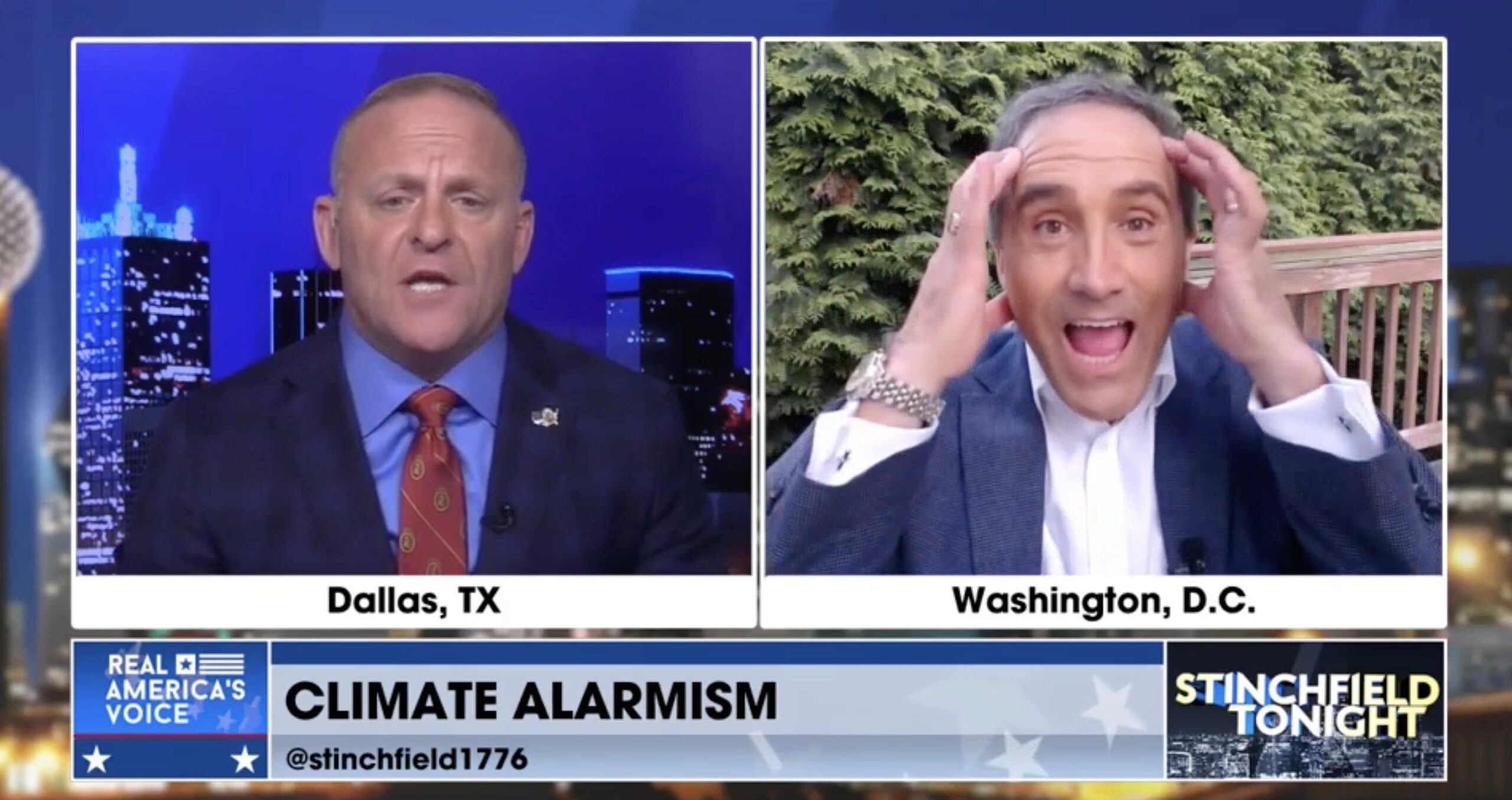Lara Williams, Columnist
We Need an Inoculation Against Climate Deniers’ Lies
Misinformation is deepening young people’s angst about the fate of the world.
By Lara Williams
Lara Williams is a Bloomberg Opinion columnist covering climate change.
Misinformation is as old as information itself, and those seeking to address the climate crisis have been tackling it for decades. Yet today, more false or misleading content is spreading faster and further than ever before.
As social media platforms are the main conduit for misinformation, some are worried that young people — who spend a lot of time on YouTube and TikTok — are particularly vulnerable.
It doesn’t take long to find climate misinformation on TikTok. All I did was search “climate change,” scroll through a few videos, and there it was: Jordan Peterson, a Canadian academic who’s become a poster boy for climate denial, claiming that there’s no evidence that humans are warming the planet. Once I’d watched one, they came thick and fast, ranging from skeptical questions over climate action to full-on conspiracy theories (including several videos claiming that the reason behind an uptick in extreme weather is that the Earth’s climate changes naturally every 12,000 years).
The video topics fit with new analysis from the Center for Countering Digital Hate, which found that the types of claims have changed as it’s become increasingly hard to propagate the classics: that the weather is too cold; we’re heading into an ice age; or that the ice isn’t actually melting. Instead, denial messages now revolve around discrediting the science; claiming that global warming is actually beneficial and casting doubt over the solutions.
Research by the CCDH found that a third of UK teenagers believe climate change is “exaggerated.” This rose to 37% among those 13-to-17 year-olds who use any one social media platform for more than four hours a day. Does this mean that young people have a climate denial problem?
The short answer is: No. The long answer is that there aren’t any solid signs that our youngest generations are being radicalized into climate deniers by the likes of Peterson.
Rob Bellamy, a lecturer in climate and society at the University of Manchester, told me that studies have shown that age is of little relevance to whether or not you believe that climate change is real and caused by human activity. Looking at a bimonthly YouGov survey, older folk are only slightly more inclined to believe that global warming is due to natural causes rather than humans. Since the survey began in 2019, beliefs have also held fairly steady.
…
So while tackling climate denial is important, how we talk to teenagers and young adults about the climate crisis needs to change if we want to reach them, and avoid infecting them with climate anxiety.
We shouldn’t seek to minimize the crisis: Climate impacts are serious and present. Immediate action needs to be taken and we are likely to soar past the Paris Agreement target to limit warming to 1.5C, making life harder for people everywhere. But that doesn’t mean it’s time to give up, or that the planet is going to become completely uninhabitable. Every fraction of a degree matters. But creating a generation of anxious, depressed, apathetic or alienated young adults will do nothing to help our civilization make it through.
More From Bloomberg Opinion:
The Assault on the Mona Lisa’s Smile: Howard Chua-Eoan
Forests Are Doing Much Better Than We Think: David Fickling
ESG’s Decline Shows the Virtue Economy Is Over: Allison Schrager
Want more Bloomberg Opinion? OPIN <GO>. Or you can subscribe to our daily newsletter.
This column does not necessarily reflect the opinion of the editorial board or Bloomberg LP and its owners.
To contact the author of this story:
Lara Williams at [email protected]
Before it’s here, it’s on the Bloomberg Terminal
Up Next
Groundwater Is Vanishing Worldwide, But It Can Be Rescued
OpinionMark Gongloff
Groundwater Is Vanishing Worldwide, But It Can Be Rescued
Some arid and heavily farmed places have managed to protect and even start replenishing their aquifers.
February 1, 2024 at 8:30 AM EST
By Mark Gongloff
Mark Gongloff is a Bloomberg Opinion editor and columnist covering climate change. He previously worked for Fortune.com, the Huffington Post and the Wall Street Journal.
Many groundwater reservoirs in southwestern Arizona are now growing despite a lengthy drought.
Many groundwater reservoirs in southwestern Arizona are now growing despite a lengthy drought.Photographer: Andrew Caballero-Reynolds/AFP/Getty Images
Unless thirsty aliens come and take it, Earth’s water isn’t going anywhere. It’s just becoming increasingly difficult for thirsty humans to access. But there’s reason to hope we can do a better job of that even as the planet warms.
The bulk of Earth’s water, about 97%, is in salty oceans and thus useless for drinking or growing food. Of the 3% that is fresh, most is locked in ice sheets and glaciers, many of which are melting rapidly into the oceans thanks to climate change. A relative few drops of fresh water are available in ponds, lakes and rivers, which are easily accessible but also vulnerable to pollution, overuse and drought.
Before it’s here, it’s on the Bloomberg Terminal
Up Next
Groundwater Is Vanishing Worldwide, But It Can Be Rescued
OpinionMarc Champion
The EU Finally Put Security Before Politics. Now It’s Ukraine’s Turn.
Sacking the military’s top general could only harm the war effort.
February 2, 2024 at 12:00 AM EST
Updated on February 2, 2024 at 3:35 AM EST
By Marc Champion
Marc Champion is a Bloomberg Opinion columnist covering Europe, Russia and the Middle East. He was previously Istanbul bureau chief for the Wall Street Journal.
Volodymyr Zelenskiy, Ukraine’s president, during a news conference in Riga, Latvia, on Thursday, Jan. 11, 2024.
Volodymyr Zelenskiy, Ukraine’s president, during a news conference in Riga, Latvia, on Thursday, Jan. 11, 2024.Photographer: Andrey Rudakov/Bloomberg
The European Union has finally overcome Hungarian blackmail to release €50 billion ($54.1 billion) of aid for Ukraine, and that’s great news. Next up to prioritize a vital security matter over venal domestic politics should be Republicans in the US Congress, and President Volodymyr Zelenskiy in Kyiv.
Reports abound that the Ukrainian leader may yet fire his top general, Valeriy Zaluzhnyi, after backing off an attempt earlier this week. This is the officer who oversaw the defense of Kyiv, when the Pentagon thought it would fall in 72 hours; who sucked Russian forces deep into Ukraine and used his outgunned troops to attack its supply lines; who wore down the best soldiers Moscow could deploy around Kherson in the south, all the while planning a wildly successful surprise attack in the north. If Zelenskiy does dismiss Zaluzhnyi, let’s hope he has a really good reason.
It isn’t unheard of for commanders in chief to change their generals mid-war. Russia’s President Vladimir Putin replaced his commanders in Ukraine like they were neckties during the first year of the not-a-war-but-a-special-
Yet wars aren’t linear, and the greatest of generals can suffer failures, as Zaluzhnyi did in his counteroffensive last summer. That’s especially true if they aren’t given the means to overrun entrenched land defenses in a combined arms operation — considered among the most difficult, if not the most difficult, of tasks that a military can face.
Multiple defense analysts warned before Zaluzhnyi launched the counteroffensive that unless the Russians weren’t manning the trenches they had spent all winter digging, or ran out of mobile reserves to plug holes, this would be a near-impossible task that even the US, just for example, wouldn’t attempt without air superiority. The Russians defended well, Ukraine’s small air force couldn’t overfly the battlefield and Zaluzhnyi couldn’t pull off a breakthrough for the history books.
Almost two years into the war, politics as usual is returning to Ukraine and in many of the democracies that support it. Zelenskiy’s rivals accuse him of wanting Zaluzhnyi gone out of political jealousy, which is possible. Zelenskiy’s popularity is, inevitably, falling from the extraordinary highs it reached in the first year of Russia’s invasion. Even ardent opponents declined to criticize him, up to last August, before the counteroffensive ran out of steam. They acknowledged that without his success in securing international support, the country would have been lost. But that pipeline of cash and weapons has now become blocked, snarled by internal US and European power struggles. The knives are out for Zelenskiy in Kyiv, while Zaluzhnyi has become the most revered figure in Ukraine.
There are, to be frank, a lot of known and unknown unknowns here, to borrow from former US Secretary of Defense Donald Rumsfeld’s aphorism. Yet Zelenskiy should think long and hard about the potential costs of replacing a commander so respected by his troops, because if this is about envy, only Moscow would have cause to celebrate.
This is the most perilous period of the war for Ukraine since the early months of Putin’s invasion. Zaluzhnyi’s forces are running out of the artillery shells needed to hold back a reinforced enemy across a front line as long as 1500 kilometers (932 miles). The air defenses protecting its cities from Russian missiles and drones are low on ammunition, too. The warehouses of weaponry that Ukraine’s allies used to supply Ukraine are emptying, and their manufacturers haven’t been ramping up production anywhere close to the speed Russia has.
If, as some reports suggest, Zelenskiy believes he can revitalize Ukraine’s defenses and allies’ faith by refreshing the military’s top command, he is very likely mistaken. What Ukraine needs is more troops, to replace the large number of dead and wounded, and more ammunition and weapons for them to fight with. There is an extremely limited amount that a new command structure could achieve with the tools currently available. By contrast, Zaluzhnyi’s dismissal would damage already fraying morale at the front.
As Ukraine’s civilian commander in chief, Zelenskiy does and should have the discretion to fire his generals. The two men also have an important public-policy difference over whether to conscript another 500,000 troops, a move that would be unpopular for the man ordering it, namely Zelenskiy. On Thursday night, Zaluzhnyi published what looked to be a valedictory essay on CNN’s website, in which he said the war’s outcome depends on Ukraine’s ability to retrain, innovate and mass produce drones and other new battlefield technologies, because it can’t compete with Russia’s resources in the current style of positional warfare. He criticized the inability of state institutions to raise new manpower and break down the domestic defense industry monopolies that need to step up now that aid from allies has become less certain.
Before it’s here, it’s on the Bloomberg Terminal
Up Next
Groundwater Is Vanishing Worldwide, But It Can Be Rescued
Terms of Service Do Not Sell or Share My Personal Information Trademarks Privacy Policy ©2024 Bloomberg L.P. All Rights Reserved
Careers Made in NYC Advertise Ad Choices Help
Create your






